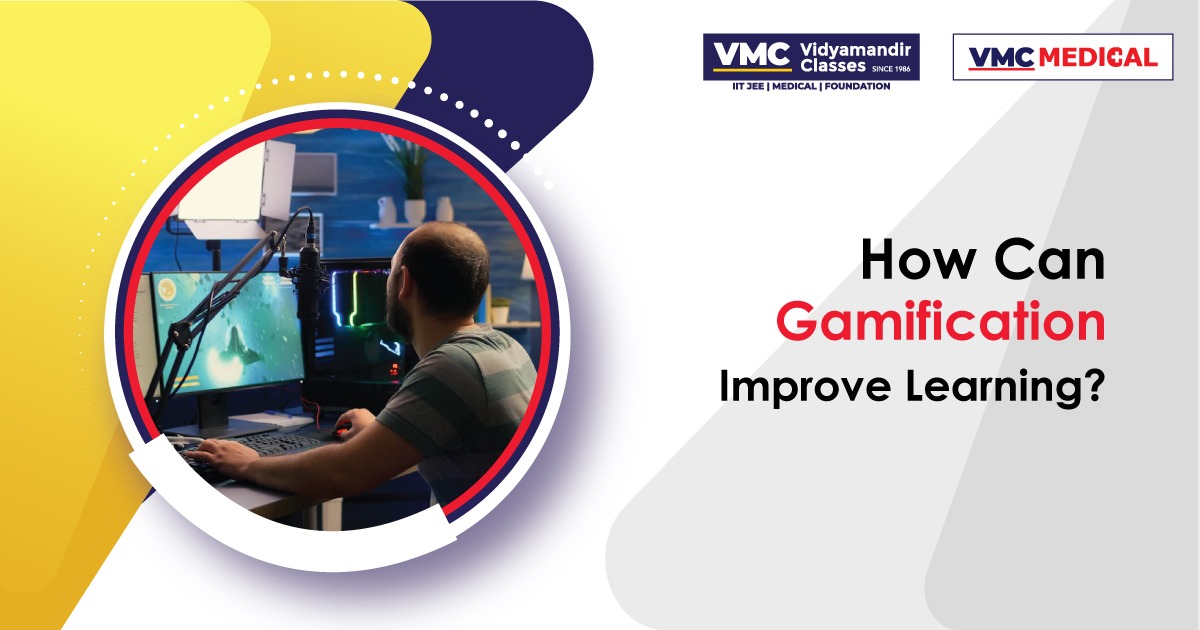How can Gamification Improve Learning?
 Posted On
Posted On
317 total views, 1 views today
We live in a very dynamic environment wherein new innovations and technologies are always being developed with the goal of focusing user attention on useful tasks. Children, who already have irregular attention spans, are especially susceptible to this.
Academicians and researchers came to the conclusion that using technology and speaking to children in their own language would be the most effective way to find a solution. They did an extensive study, reworked the conventional, or dull, way of instruction, and combined cutting-edge technology with holistic pedagogy to make learning engaging, participatory, and—most importantly—effective.
They called this modern approach to learning “gamification.” It really is as thrilling as it sounds. Children are kept interested and focused when game aspects are included into educational and other non-game situations. It is a multifaceted strategy with numerous advantages that will undoubtedly improve a child’s capacity for learning.
- Improves memory and retention
This characteristic is by default incorporated into the idea of gamification because it includes repetition and practice. When a child is practicing math, for instance, he or she is more likely to memorize a formula if the game requires it. Imagine how upset they would be if a formula prevented them from moving on to the next level!
- Clarifies subject fundamentals
The idea of gamification was developed to increase concept clarity because interactive visuals and visual aids improved learning. This gaming structure also relies on positive reinforcement, guaranteeing that a child receives a reward each time they correctly understand a concept like E=MC2.
- Encourages a positive outlook on learning
Dopamine is released in the learner’s brain as a result of this entertaining practice, fostering a positive attitude towards learning, preventing the child from escaping a learning opportunity.
- It Encourages Healthy Competition
The achievements and points that make up gamified learning encourage rivalry. When given the chance to gauge their own growth or accomplishment, most people compare it to that of those around them. With very few exceptions, it seems to be a fundamental aspect of human nature.
The gamification process capitalizes on this propensity by presenting up-front, transparent measurements of success. To achieve this, it incorporates levels, achievements, and scores into the process, updating them as soon as a task is finished.
Competition fosters better teamwork, social learning, intrinsic motivation, a growth mentality, and self-awareness of one’s own strengths and progress. All of them result in improved performance on the course materials and frequently in improved performance in daily life.
- It Identifies Milestones
Gamified learning divides up learning activities into smaller, more manageable units, each with its own instant reward. This results in two significant advantages in addition to the motivation mentioned earlier.
The first benefit is that it gives kids a sense of potential, achievement, and agency. The learner’s confidence and competence increase as a result of regular indications of advancement and growing mastery. This encourages interest and zeal. Additionally, it gives teachers more freedom to customize their lessons. Teachers are free to concentrate on aiding students where they individually need it rather than keeping everyone at the same speed because they have to teach a complete group since a gamified curriculum’s framework monitors student development and gives more agency over the pace of learning.
Gamification improves the learning process for all participants, to put it simply.
- Enhances Engagement
Comparatively speaking, students who learn in a gamified environment exhibit significantly higher levels of engagement. Gamified learning makes use of brain impulses that are hardwired and can extend students’ attention spans. Engaged students concentrate in class, pick up information quickly, and retain it. Unengaged students may feel as though they have learned little to nothing after a class.


